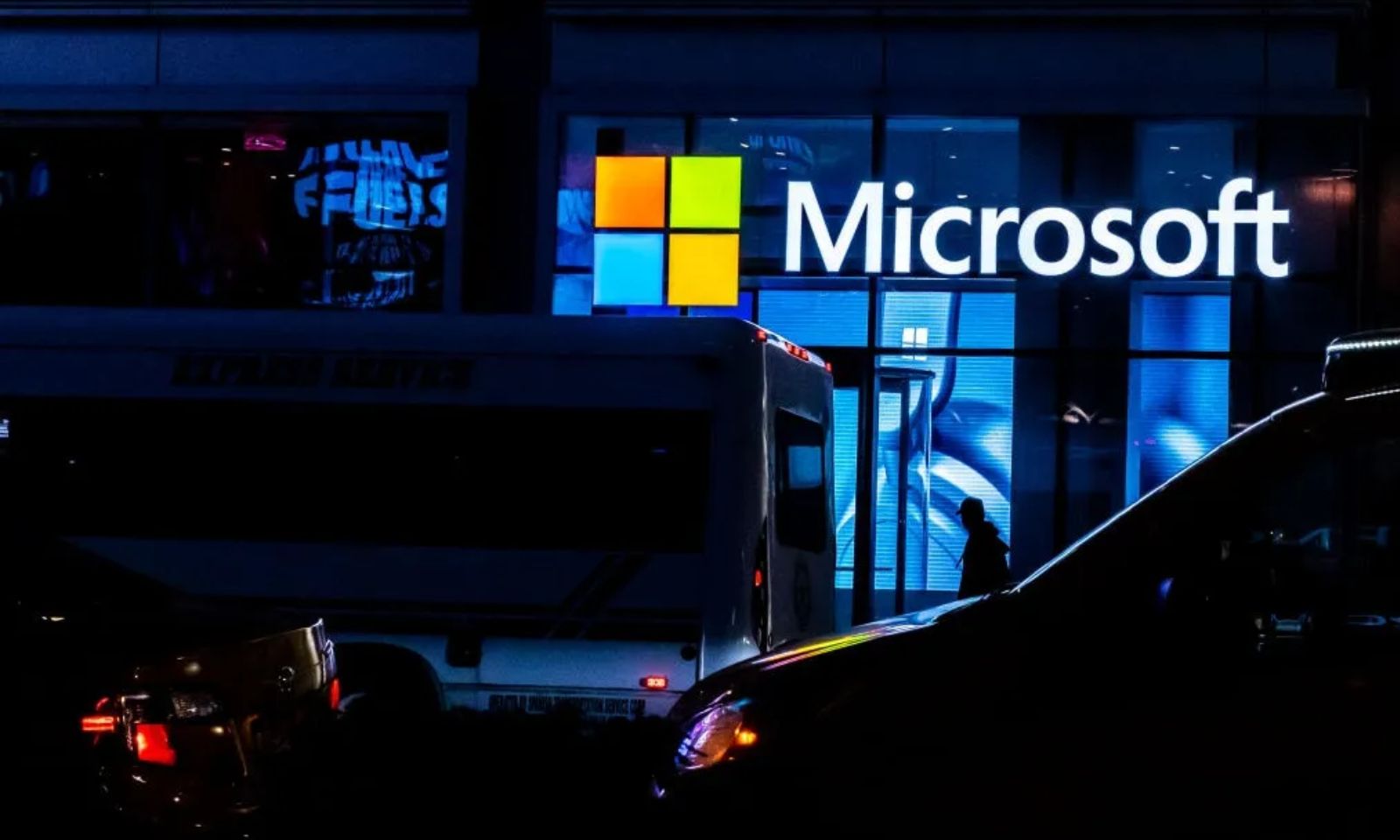Redmond, Washington: Microsoft has rolled out a critical change to its Edge web browser, disabling the convenient Internet Explorer (IE) mode toggle after receiving “credible reports” that cybercriminals were actively exploiting the feature to compromise systems. The company confirmed that the attacks, first detected in August 2025, leveraged a combination of social engineering techniques and 0-day vulnerabilities in Internet Explorer’s outdated JavaScript engine, known as Chakra.
IE mode was originally introduced to help enterprises run legacy web applications still dependent on old components like ActiveX—a technology no longer compatible with modern, Chromium-based browsers. However, this compatibility bridge also created a potential backdoor for attackers.
The Exploit: Legacy Compatibility Becomes a Cyber Risk
According to Microsoft’s Browser Vulnerability Research Team, the exploit campaign relied on a two-stage attack. In the first stage, users were lured to fake official websites designed to look like trusted portals—often government or enterprise-related. Victims would then receive an on-screen message prompting them to “reload the page in IE mode” to continue.
FCRF Launches CCLP Program to Train India’s Next Generation of Cyber Law Practitioners
Once the victim complied, the browser temporarily switched to the outdated Internet Explorer runtime, inadvertently reactivating vulnerable legacy components. Attackers then used an unpatched Chakra engine flaw to achieve remote code execution (RCE) and plant malicious payloads on the device.
The second stage of the attack exploited another flaw to escalate privileges and gain full administrative control of the system. From there, attackers could deploy malware, move laterally through corporate networks, and exfiltrate sensitive data all while bypassing the modern security protections built into Edge.
Cyber experts warn that this exploit highlights a broader issue with legacy compatibility in enterprise software. As Microsoft continues to retire Internet Explorer components, the persistence of old web infrastructure still poses a systemic cybersecurity risk to organizations slow to modernize.
Microsoft’s Rapid Response and New Restrictions
Upon confirming the threat, Microsoft’s Edge security team removed key access points to IE mode. This included disabling the toolbar button and main menu shortcuts that allowed one-click activation. The company did not disclose technical specifics about the vulnerabilities or the identity of the threat actors, citing ongoing investigations.
IE mode still remains available for enterprise environments that rely on critical legacy systems, but the process is now far more controlled.
To activate it, users must manually navigate to Settings → Default Browser → Allow sites to be reloaded in Internet Explorer mode, then whitelist specific URLs requiring compatibility.
This change ensures that users cannot accidentally or unknowingly switch to the insecure IE environment, reducing exposure to potential exploits.
Expert Commentary: Legacy Features Still Pose Modern Threats
Cybersecurity experts praised Microsoft’s swift action but emphasized that this episode underscores a persistent problem: backward compatibility versus security.
“Even in modern browsers, these legacy modes bypass key protections, putting both remote and on-site users at risk,” said David Matalon, CEO of Venn, a New York–based BYOD security firm.
Matalon urged organizations to limit or disable IE mode entirely, train employees to recognize social engineering prompts, and ensure that endpoint security solutions actively monitor for malicious behavior.
He added: “In today’s distributed, BYOD-heavy workforce, data often lives outside traditional perimeters. A layered defense combining timely patching, endpoint control, data isolation, and least-privilege access is critical to reduce the blast radius of inevitable vulnerabilities.”
The Broader Implication: End of the IE Era
Microsoft officially retired Internet Explorer in 2022, but IE mode has persisted as a transitional tool for industries with outdated applications. Experts say this incident could accelerate the final phase-out of legacy IE components, marking a decisive end to one of the web’s oldest—and most exploited—technologies.
As organizations modernize, security analysts stress that every compatibility exception is a potential entry point for threat actors. For now, Microsoft’s decision serves as both a defensive measure and a warning: legacy convenience cannot come at the cost of modern cybersecurity.


